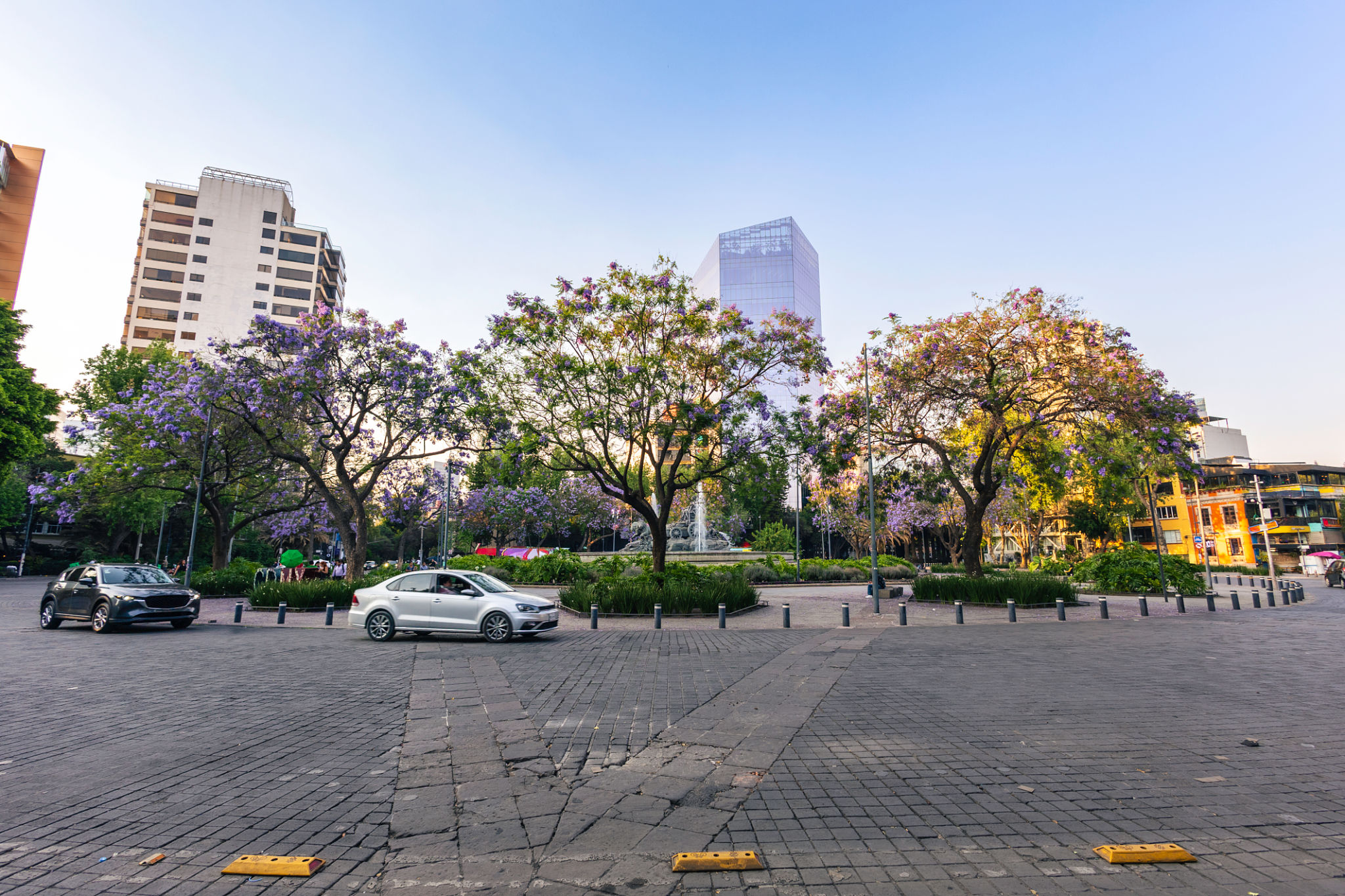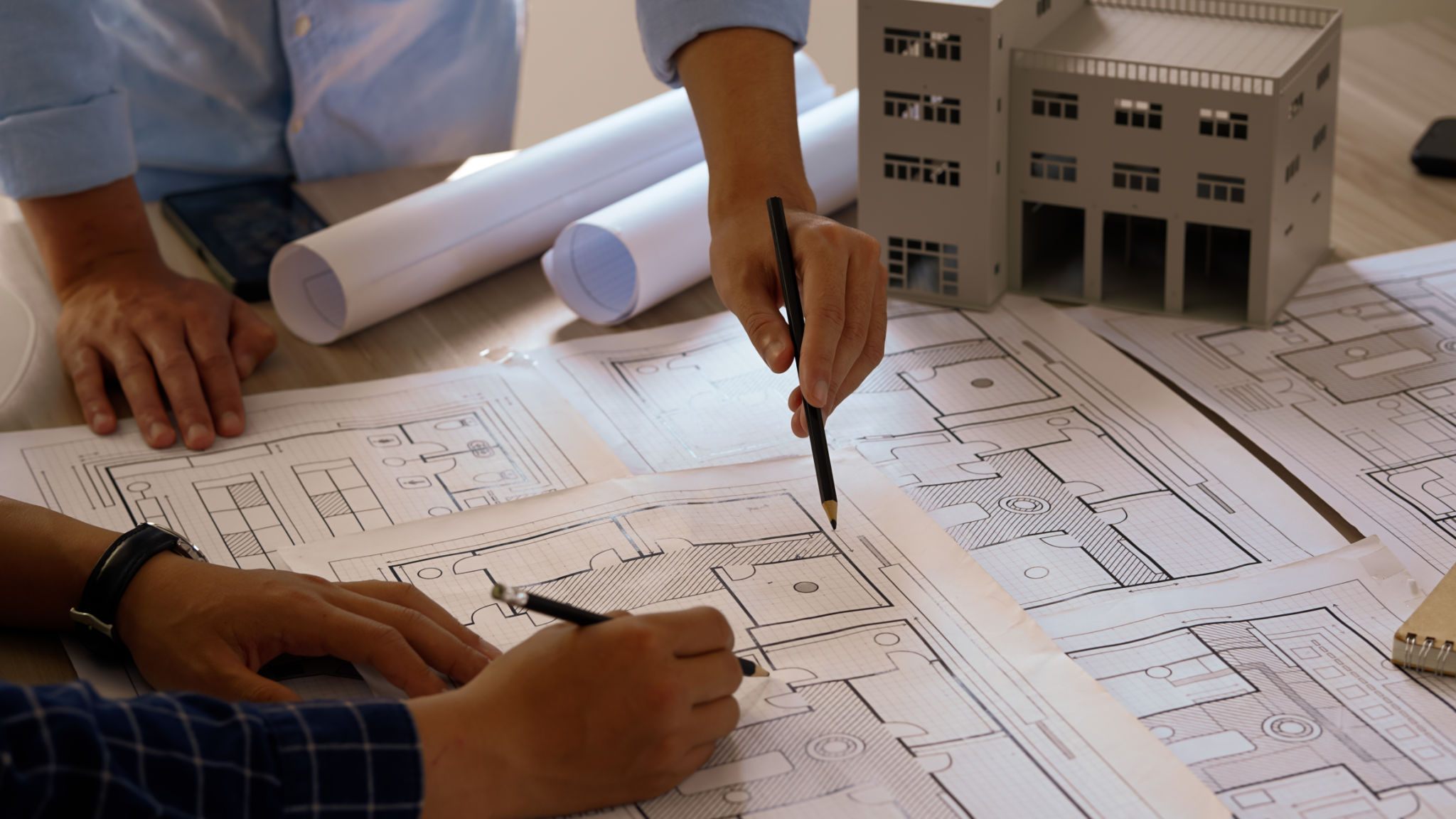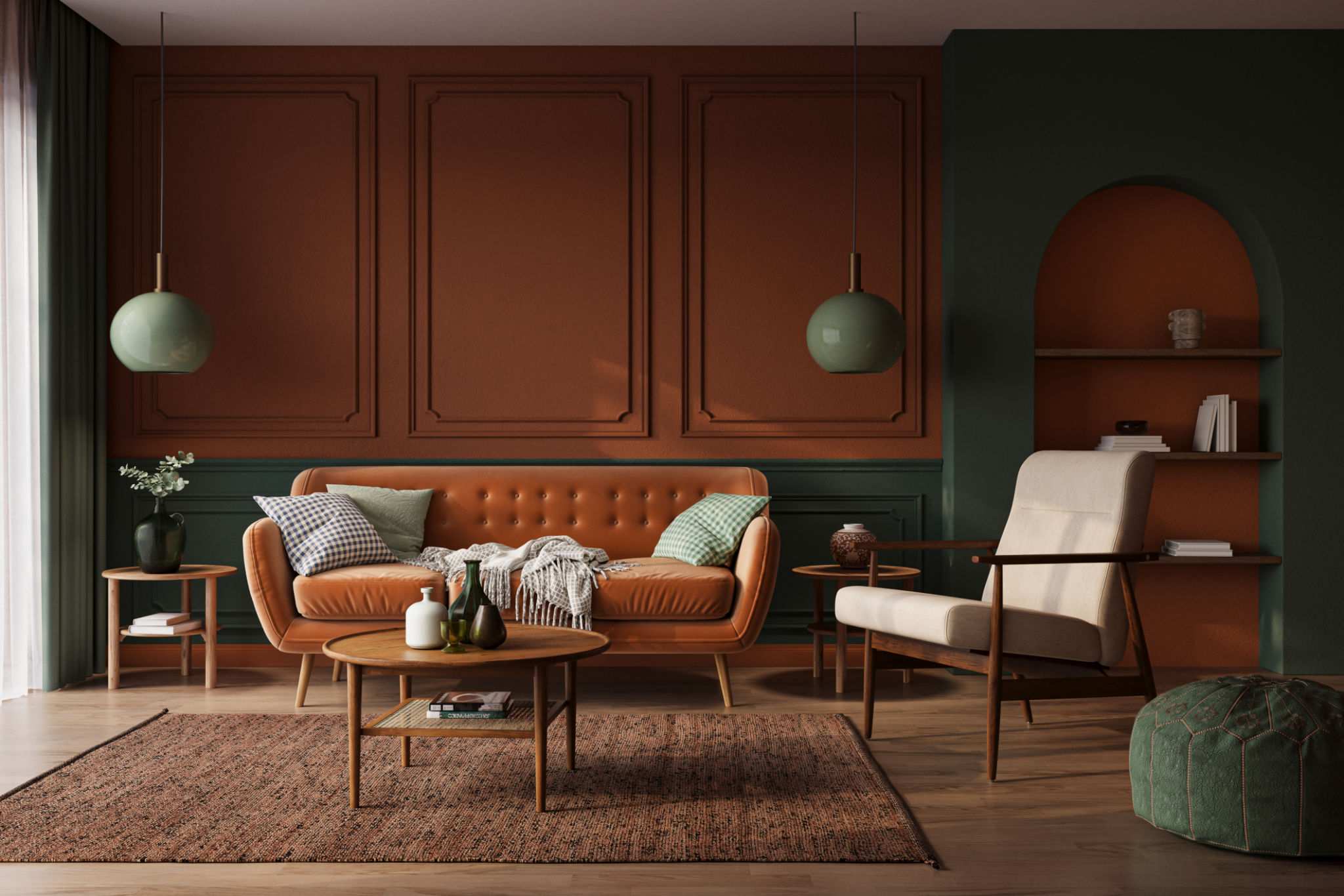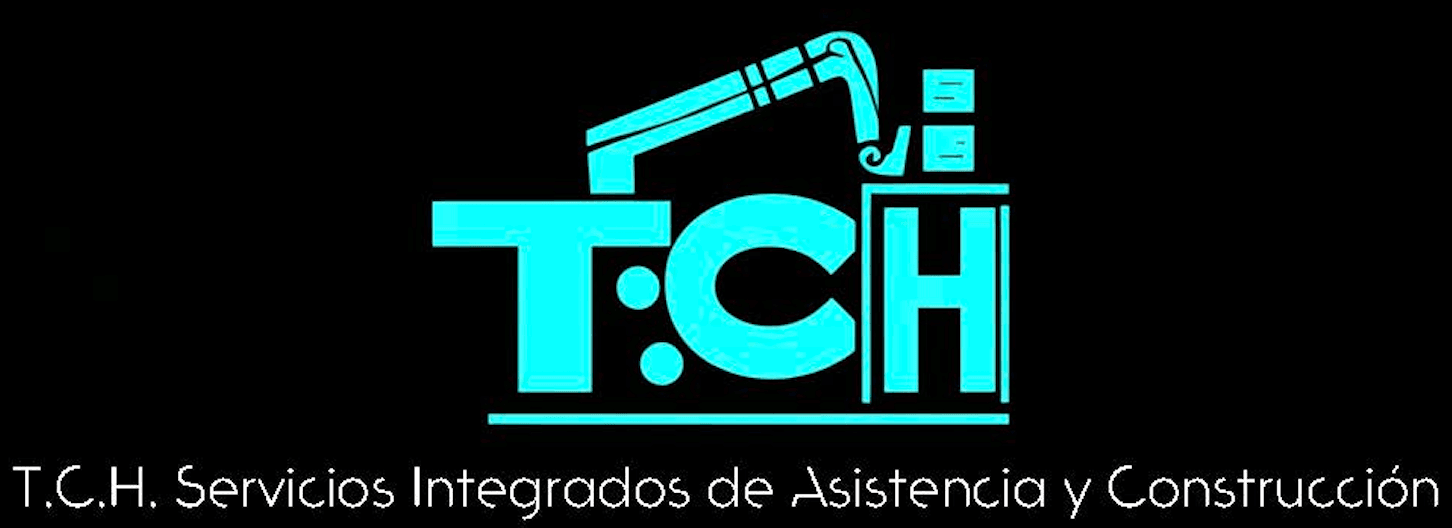Case Study: Successful Commercial Renovation in Roma Norte
Introduction to the Project
The bustling neighborhood of Roma Norte in Mexico City has recently witnessed a remarkable transformation with a successful commercial renovation project. This vibrant area, known for its eclectic mix of art deco architecture, trendy cafes, and cultural hotspots, now boasts a revitalized commercial space that seamlessly blends modern design with historical character. This case study explores the renovation process, the challenges faced, and the strategies employed to achieve such a successful outcome.

Understanding the Client’s Vision
The renovation project was initiated by a local entrepreneur who envisioned turning an old, underutilized building into a dynamic commercial hub. The goal was to preserve the building's historic charm while integrating contemporary elements to attract modern businesses and visitors. The client's vision was clear: create a space that honors Roma Norte's rich history while providing functionality and aesthetic appeal for today's commercial needs.
Initial Assessments and Planning
Before any renovations could begin, a thorough assessment of the building's structural integrity was conducted. This included evaluating the foundation, roofing, and existing architectural elements. The planning phase involved extensive consultations with architects, engineers, and local authorities to ensure compliance with zoning laws and preservation guidelines.

Overcoming Renovation Challenges
Throughout the renovation process, several challenges arose that required innovative solutions. One significant challenge was maintaining the building's original façade while upgrading its interior to meet modern standards. This was achieved by employing advanced construction techniques and materials that provided both durability and aesthetic harmony.
Preservation of Historical Features
Another critical aspect of the renovation was preserving the unique historical features of the building. Elements such as vintage tiles, ornate moldings, and original windows were carefully restored or replicated. This attention to detail ensured that the building retained its historical significance while offering a fresh and inviting atmosphere.

Implementing Modern Design Elements
While preserving historical features was paramount, incorporating modern design elements was essential to make the space commercially viable. The interior layout was reimagined to create open spaces that encourage interaction and collaboration among tenants. Contemporary lighting solutions and energy-efficient systems were installed to enhance sustainability.
The Role of Interior Design
Interior design played a crucial role in the renovation process. Designers focused on creating an inviting environment by using a neutral color palette and natural materials that complement the building's historic elements. Custom furnishings and art installations were added to reflect the local culture and spirit of Roma Norte.

Outcome and Impact
The completed renovation has had a significant impact on Roma Norte, drawing in new businesses and visitors while enhancing the neighborhood's cultural appeal. The commercial space now hosts a mix of retail shops, cafes, and offices, creating a vibrant community hub. The project's success demonstrates the potential for blending historical preservation with modern innovation.
Lessons Learned
This case study highlights several key lessons for future renovation projects:
- Thorough planning and assessment are crucial for overcoming structural challenges.
- Balancing historical preservation with modern needs requires creative solutions.
- Collaboration with local authorities and stakeholders is essential for compliance and community support.
- Attention to detail in design can enhance both aesthetic appeal and functionality.
Conclusion
The successful renovation in Roma Norte serves as an inspiring example of how historical buildings can be transformed into thriving commercial spaces without losing their original charm. By meticulously preserving historical features while integrating contemporary design elements, this project sets a benchmark for future renovations in culturally rich urban areas.

